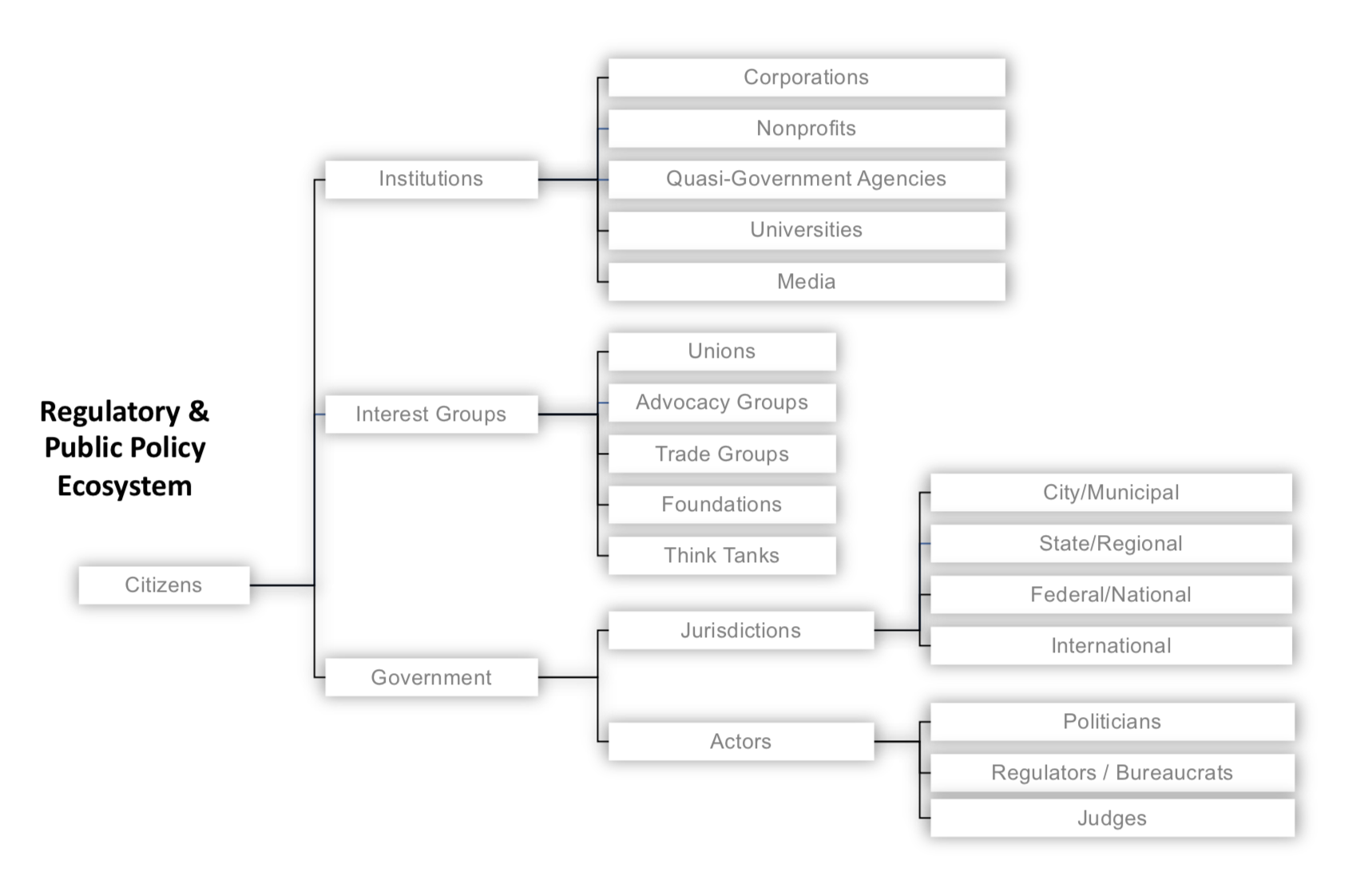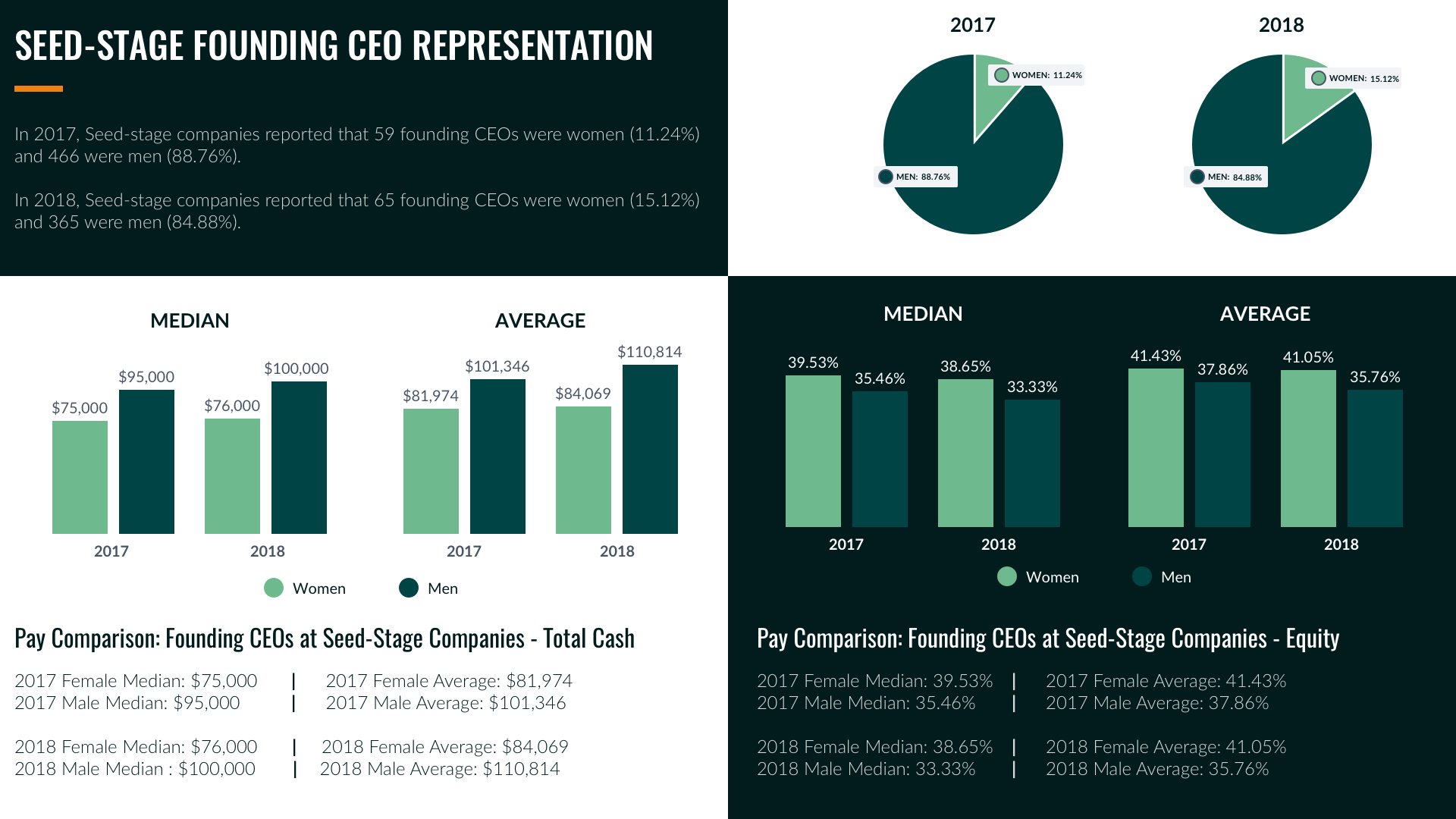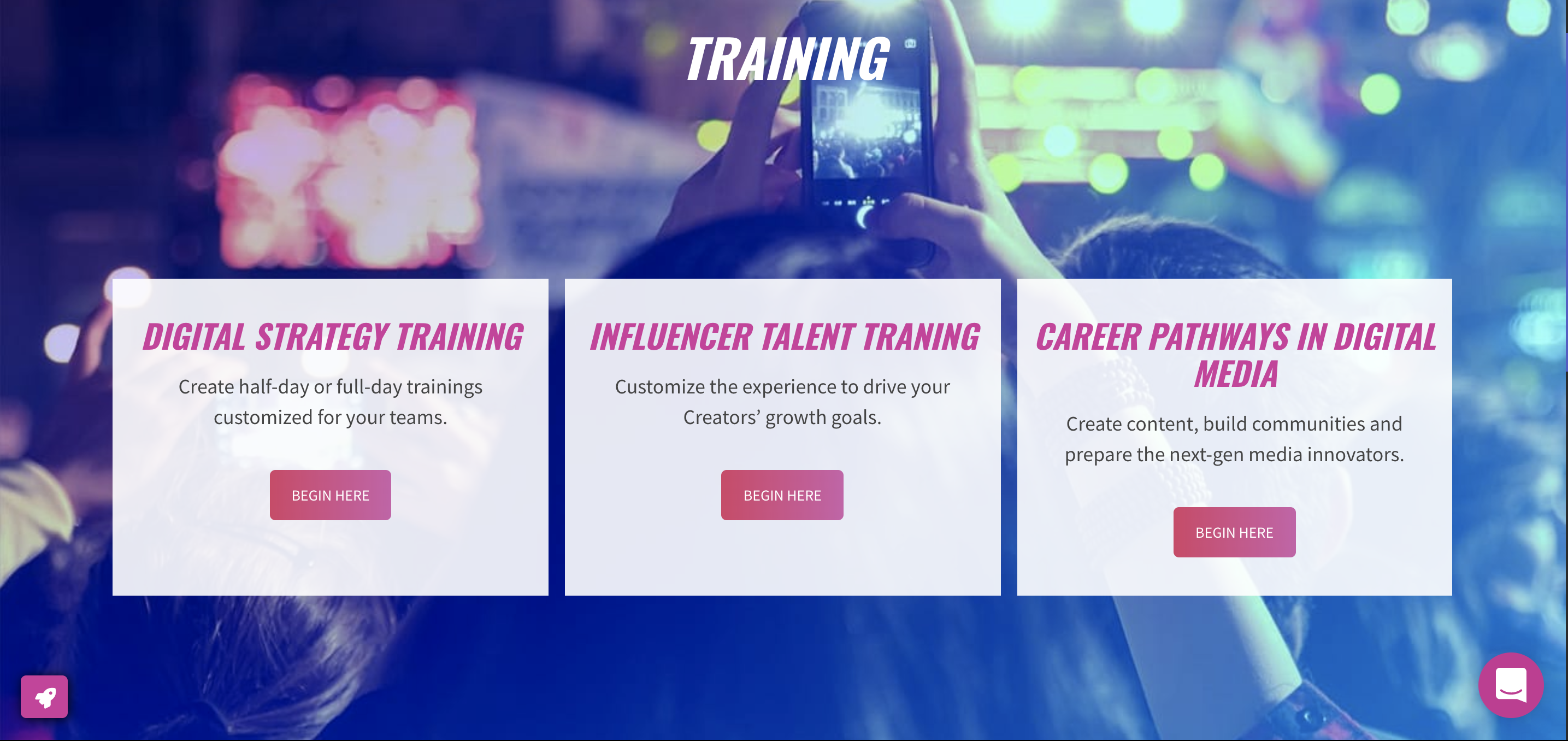The UK government has set out a labor market reform package it bills as a major upgrade to workplace rights in the era of disruptive gig economy platforms.
The reforms, which include new legislation, are intended to take account of changes in working practices including those flowing from tech platforms.
But despite some gig economy platforms standing accused of exploiting workers, the government’s package does not look set to require a radical reworking of existing business models — and unions have attacked the reforms as weak and lacking substance, pointing out that, for example, a right to request a more stable contract doesn’t add up to much of a rights advance.
Among the measures being announced today (some of which have been trailed before) are:
- a day one statement of rights for all workers setting out leave entitlements and pay, and also including detail on rights such as eligibility for sick leave and pay; and details of other types of paid leave, such as maternity and paternity leave
- introducing a right for all workers, not just zero-hour and agency, to request a more predictable and stable contract, providing more financial security for those on flexible contracts
- plans to bring forward proposals for a new single labour market enforcement body to ensure workers rights are properly enforced; and more resource for the Employment Agency Standards (EAS) Inspectorate
- an end to the legal loophole which enables some firms to pay agency workers less than permanent staff (aka the ‘Swedish derogation’)
- an extension to the the holiday pay reference period from 12 to 52 weeks, to “ensure workers in seasonal or atypical roles get the paid time off they are entitled to”
- enforcing vulnerable workers’ holiday pay for the first time
- ensuring tips left for workers go to them in full
The government also says it is committed to legislate to improve the clarity of the employment status tests to “reflect the reality of the modern working relationships” — though it does not provide any detail on how exactly it intends to reform such tests.
The labor market package comes ten months after it unveiled a plan slated to expand workers rights. It also kicked off a number of consultations at that time.
With today’s package, the government is drawing heavily on an independent review of modern working practices it commissioned, which was carried out by Matthew Taylor and published last summer.
It says it’s taking forward 51 of the 53 recommendations in the Taylor review — agreeing with him that banning zero hours contracts in their totality would “negatively impact more people than it helped”.
It has also accepted Taylor’s view that the flexibility of ‘gig working’ — where platforms distribute paid tasks via apps, and use digital technology to remotely manage what can be tens of thousands of individuals providing a service for the business — is “not incompatible with ensuring atypical workers have access to employment and social security protections”; and that platform-based working offers opportunities for “genuine two way flexibility”, as well as opportunities for those who may not be able to work in “more conventional ways”.
That’s likely music to the ears of gig economy giants that have built massive businesses by claiming to offer flexible work opportunities for the ‘self-employed’, using algorithms to distribute jobs and remote-manage a distributed workforce, thereby enabling them to massively shift employment risk onto the individuals who actually provide the core service.
Though the government also claims to be going further than Taylor in some instances.
Business secretary, Greg Clark, said the government’s intention is to build “an economy that works for everyone”, while also lauding what he dubbed “an effective balance between flexibility and worker protections” — which he credited for helping the UK have “the highest employment rate on record”.
Yet, at the start of this year, the government also committed itself to being “accountable for good quality work as well as quantity of jobs”.
And today’s package reiterates that the secretary of state for Business, Energy and Industrial Strategy will take a new responsibility to the ensure the “quality of work”.
So expect a lot of hot air to be expended in the future over what does — and does not — constitute ‘quality’ work. (Albeit, measuring working time is hard enough, from a legal point of view, let alone determining work “quality”… )
“The UK has a labour market of which we can be proud. We have the highest employment rate on record, increased participation amongst historically under-represent groups and wages growing at their fastest pace in almost a decade,” Clark said in a statement.
“This success has been underpinned by policies and employment law which strikes an effective balance between flexibility and worker protections but the world of work is changing, bringing new opportunities for innovative businesses and new business models to flourish, creating jobs across the country and boosting our economy.
“With new opportunity also comes new challenges and that is why the government asked Matthew Taylor to carry out this first of a kind review, to ensure the UK continues to lead the world, through our modern Industrial Strategy, in supporting innovative businesses whilst ensuring workers have the rights they deserve.”
“Today’s largest upgrade in workers’ rights in over a generation is a key part of building a labour market that continues to reward people for hard work, that celebrates good employers and is boosting productivity and earning potential across the UK,” he added.
Last year two parliamentary committees urged the government to close gig-economy employment law loopholes — saying they had enabled “dubious business practices” by letting digital work platforms use flexibility as a tool to circumvent workers rights and entitlements.
The committees went on to call for companies with a self-employed workforce above a certain size to be required to treat individuals as workers by default.
Today’s reform plan certainly does not look to be going so far.
Much will rest on how exactly the government changes the law around employment status tests — and that’s still tbc.
Rachel Farr, a senior professional support lawyer in the Employment, Pensions & Mobility group at law firm TaylorWessing, told us it’s also rather easier said than done — suggesting it’s difficult to see how the government will “truly improve clarity”.
This element of the reform is a key consideration where gig economy businesses are concerned, as they typically allow for so-called ‘multi-apping’ — meaning those providing a service on one platform can be logged into multiple (rival) platforms simultaneously available to work. So the issue — for employment law purposes — is how to determine what constitutes working time in a platform context. (Which you need to be able to measure in order to determine employment status.)
“Simply codifying the existing case law tests will still mean each case is dependent on its specific facts, so is the government proposing to change the boundaries with some ‘check box’ style tests as they have in other EU jurisdictions?” wondered Farr. “This means greater clarity through simplifying the law but would probably mean we lose the nuances of existing U.K. tests and that some people who are currently genuinely self-employed will find that they may become workers (or vice versa).”
Uber was back in court in the UK two months ago for its latest appeal against a 2016 employment tribunal ruling which found that a group of Uber drivers were workers, not self-employed contractors as it contends.
The company has previously suggested it would cost its UK business “tens of millions” of pounds if it reclassified the circa 50,000 ‘self-employed’ drivers operating on its platform as workers.
So the devil will be in the detail of the commitment to clarify employment status tests — and where those tests end up drawing the line.
But the government’s embrace of the overarching notion of a “balance” between flexibility and worker protections looks very friendly to current-gen gig economy business models.
A decision on Uber’s latest tribunal appeal is rumored to be due this week, though it’s not clear that it will provide much clarity on the multi-apping/working time issue. TaylorWessing litigator Sean Nesbitt also told us the tribunal has not been able to spend much time debating those elements.
Responding to the government’s reform package today, the ride-hailing giant sounded pleased. An Uber spokesperson said: “We welcome more clarity from the Government and look forward to working closely with them to make sure drivers can keep all the benefits that come from being your own boss.”
“The majority of drivers choose to partner with Uber because of the freedom and flexibility on offer. A recent Oxford University study found that most drivers want to choose if, when and where they drive,” it added.
At the same time UK unions offered a downbeat assessment of the reform package.
Reuters reports the Unite Union making critical comments. “People on zero hour contracts and workers in the insecure economy need much more than a weak right to request a contract and more predictable hours,” it quoted Unite general secretary Len McCluskey responding to the reform package.
While the Independent Workers Union of Great Britain general secretary, Jason Moyer-Lee, tweeted that “exploited workers are sick of press releases, rhetoric and self-congratulatory announcements”. He added that a “real update in rights and a serious enforcement regime” does not seem to be on offer with the government’s package.
The IWGB union has supported a number of legal and protest actions by gig economy workers in recent years, including a (so far unsuccessful) human rights challenge to Deliveroo’s opposition to collective bargaining for riders.
This summer an inquiry into pay and conditions for Deliveroo riders, carried out by UK MP Frank Field, likened the model to casual labor practices at British dockyards until the middle of the 20th century — finding a dual labour market that he said works very well for some but very poorly for others.
In its response to Field’s report, as well as claiming Deliveroo riders choose flexibility, the company emphasized it had been pushing the government to update employment rules to end what it dubbed “the trade-off between flexibility and security and enable platforms to offer riders even more benefits without putting their employment status at risk”.
Responding to the government’s reform package today, a Deliveroo spokesperson reiterated this line, saying: “Court judgements have consistently found Deliveroo riders to be self-employed. However, Deliveroo has consistently said that we would like to see the rules change to end the trade-off between flexibility and security that currently exists in employment law, to allow companies such as ours to offer more benefits to riders.”
“Independent research has shown riders are consciously choosing to opt out of traditional employment in favour of new ways of working where they have more control,” the spokesperson added. “On-demand working is set to grow as people want to fit work around their lives, not vice versa, and we will work with the Government to ensure the interests of Deliveroo riders can be advanced.”
Also responding to the government’s reform package, Field told us: “Justice demands a bold programme of reforms from the Government to protect workers in the most vulnerable positions. The reports that Andrew Forsey and I have published on the growth of insecure work paying poverty wages at firms like Hermes, Uber, and Deliveroo have given urgency to this demand and, at last, the Government looks set to act. A key test for anything the Government does bring forward must be its ability to rid the labour market of those sources of injustice – chronically low pay, precariousness, bogus self-employment, and appalling exploitation – which characterise all too many jobs at the moment.”












